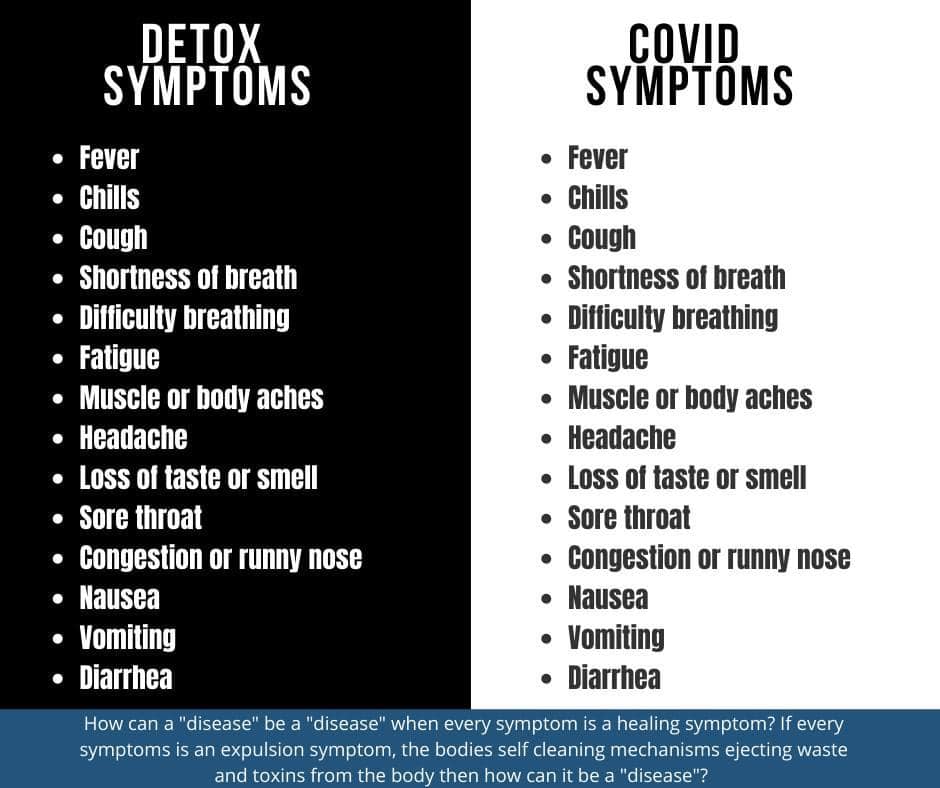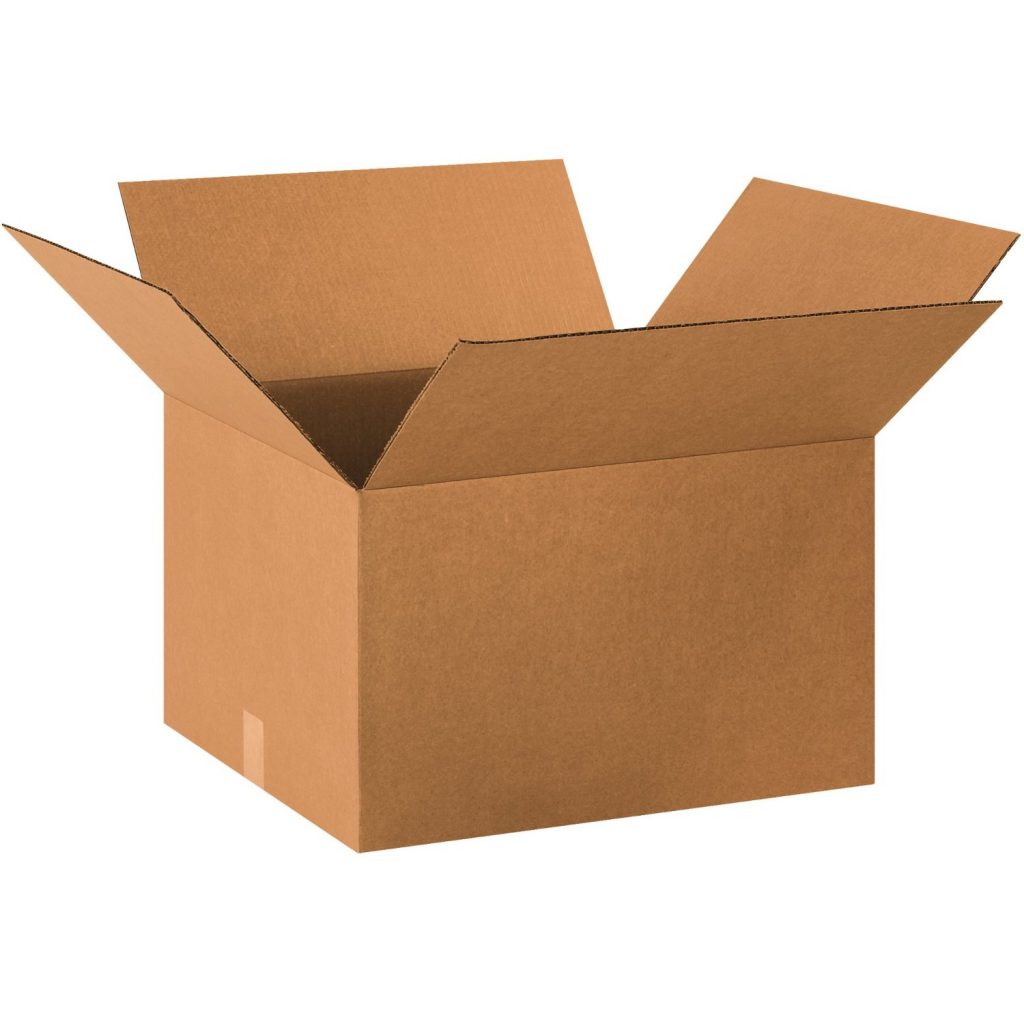I would like to suggest that the best way to remove mud from your face would be to apply more mud to your face. Does this make sense to you?
If not, I have a solution for you.
Are you a fan of detoxification programs and protocols promoted by a favorite health influencer/guru/personality? Things like herbs and other homeopathic remedies? Homeopathy is treating disease with minute doses of natural substances that, in a healthy person, would produce symptoms of disease. It is an alternative medicine based on the theory of treating ‘like with like.’
As in, you are treating toxins within the body that result in disease by adding more toxins to the body in an attempt to remove toxicity from the body. Trying to cure what caused your disease by adding more of what caused the disease in the first place. This would be akin to telling a chronic alcoholic that the best way to detoxify his body of alcohol would be to simply add more alcohol. Do you know of any alcohol recovery(detox) program that would suggest adding more of the offending substance is the best method of detoxification? I don’t. I couldn’t find one.
Disease(lack of ease) results from an acute or long-term build-up of toxins within the human body. Treating the body using homeopathic methods is, by definition, treating disease with ‘like’ toxins that initially caused your body to find itself in its current diseased state.
It is like trying to remove mud from your face by adding more mud to your face. Or adding ten to the number ten and expecting the answer to be zero.
Does this make sense to you?
If this does not make sense to you, you are not alone. It does not make sense to me either. Over the last six years, I’ve spent a LOT of time learning about human physiology and disease pathology to understand better how I can improve the quality of the lifetime I have been granted. Over that time, I have tried/applied many different remedies, herbs, and supplements to see what difference they would make. And after all this time, I am pretty certain they have done more for the seller’s pocketbook than they have for my general well-being.
It is becoming apparent to me that our body does not need any help doing what it is already programmed to do by default. Detoxify itself using its default mechanisms coupled with sufficient levels of water and electrolytes. Both of these natural substances are found in nature and are available to anyone who has the will to attain both water and electrolytes necessary.
Our body is a body of water. The majority of the water in the human body resides within cells. This is called intracellular fluid (ICF). About 60% of the total water in a human body is in the ICF. The remaining 40% is in the extracellular fluid (ECF), which includes the fluids between cells (interstitial fluid) and in the blood vessels (plasma). So, by volume, the majority of the water in the human body is in the intracellular compartment.
- Newborns: About 78% of their body weight is water.
- Adult Males: Typically around 60% of their body weight is water.
- Adult Females: Typically around 50-55% of their body weight is water. This percentage is slightly lower than in males primarily due to a higher proportion of body fat in females, and fat tissue contains less water than lean tissue.
- Elderly: The water content tends to decrease further with age, so older individuals may have a lower percentage of body water.
My solution to removing toxicity from the human body is a simple one, really. Adding more fluids to flush out the toxic fluids rather than adding more toxin(s).
But, of course, it needs to be done the right way, and I will explain what I have been doing to accomplish in the last paragraph or so.
Again, the human body contains a vast amount of fluid, which is divided into intracellular fluid (ICF) and extracellular fluid (ECF). The ICF is the fluid within the cells, and the ECF is the fluid outside the cells. The composition of these fluids varies because of their different roles in maintaining homeostasis.
Here’s a general breakdown:
1. Intracellular Fluid (ICF) Composition: The ICF makes up about 60% of the total body water or around 40% of an adult’s body weight. Its main electrolytes and solutes include:
- Potassium (K+): High concentration
- Magnesium (Mg2+): Present in moderate concentrations
- Phosphates (HPO₄²⁻): High concentration
- Proteins: Higher concentration compared to ECF
- Sodium (Na+) and Chloride (Cl-): Lower concentrations compared to ECF
2. Extracellular Fluid (ECF) Composition: The ECF accounts for about 40% of the total body water or around 20% of an adult’s body weight. The ECF can be further divided into interstitial fluid (about 75% of ECF) and plasma (about 25% of ECF). The main electrolytes and solutes include:
- Sodium (Na+): High concentration
- Chloride (Cl-): High concentration
- Bicarbonate (HCO₃⁻): Present in moderate concentrations
- Potassium (K+), Magnesium (Mg2+), and Phosphates (HPO₄²⁻): Lower concentrations compared to ICF
- Proteins: Present, especially in plasma. Albumin is a major protein in plasma.
What has been working well for me is vigorous movement and profuse sweating while replenishing the fluids used to accomplish this manner of flushing out the toxins.
I currently do this at the gym seven(7) days a week. I spend forty minutes daily doing upper and lower-body cardio using a recumbent bike and an upper-body crank cycle, also called an upper-body ergometer or handcycle. After this, I spend 30 minutes in a sauna, not a steam room, sweating profusely.
On average, an individual can lose between 0.5 to 1 liter (or about 16 to 32 ounces) of water during a 30-minute sauna session. However, in some cases, especially in very high temperatures or with prolonged exposure, the amount of sweat lost can exceed this range. So be careful(mindful).
It’s essential to recognize that a significant portion of the weight lost during a sauna session is water weight. It’s crucial to hydrate before and rehydrate after a sauna session to replace the lost fluids and electrolytes. Over time, with regular sauna use, the body may become more efficient at sweating, and an individual may notice increased sweat production. This last point has been my experience. I sweat a lot. Therefore, my solution is not to add more toxins to the body in an attempt to express excess toxins from the body but to increase the flow of fluids through the body through the skin by the mechanism of sweating profusely.
The following are seven expectations you can have if you feel so inclined to travel this road.
- Cleansing and Detoxification: Sweating can help flush out substances like alcohol, cholesterol, and salt from the body. While the primary organs for detoxification are the liver and kidneys, sweating can assist in eliminating certain waste products, potentially giving the skin a clearer appearance.
- Pore Cleansing: The act of sweating can help unclog pores, potentially reducing the occurrence of blackheads and acne. When sweat is released, it can help flush out the trapped dirt and oil in the pores.
- Improved Circulation: Sweating can enhance blood flow. Improved circulation brings more oxygen and nutrients to the skin cells, promoting healthier skin.
- Increased Production of Sebum: Sweating can stimulate the sebaceous glands, which produce sebum – the skin’s natural oil. This can help in keeping the skin moisturized.
- Temperature Regulation: One of the primary functions of sweating is to regulate body temperature. By releasing sweat, which then evaporates, the body cools down. This mechanism protects the skin (and the rest of the body) from overheating.
- Improved Immunity: Profuse sweating, especially in saunas or steam rooms, can lead to increased production of white blood cells, which play a critical role in the immune response.
- Stress Reduction: Activities that lead to sweating, like exercise, can also reduce stress hormones. Lower stress levels can have a positive effect on skin health, reducing occurrences of conditions exacerbated by stress, such as acne or eczema.
However, it’s important to maintain a few precautions:
- Always cleanse the skin after sweating to prevent the reabsorption of toxins and prevent bacterial overgrowth.
- Again, ensure you stay hydrated. Profuse sweating can lead to dehydration, which can dry out the skin.
- Individuals with certain skin conditions like eczema or rosacea might find that excessive sweating can, at least initially, exacerbate their symptoms. It doesn’t hurt to consult with a dermatologist regarding any skin concerns.
I am not sure that this will be a lifetime practice for me. After an undetermined initial phase of maybe six months, I may reduce this practice to four or five days weekly as a form of maintenance.
To learn more about the role of toxins in the process of disease, I’ve created a page and a video on the ‘Seven Stages of Disease.’ What you’ve just finished reading is my solution to the ‘Seven Stages of Disease.’
Be blessed my friends.
-Michael J. Loomis & ChatGPT

